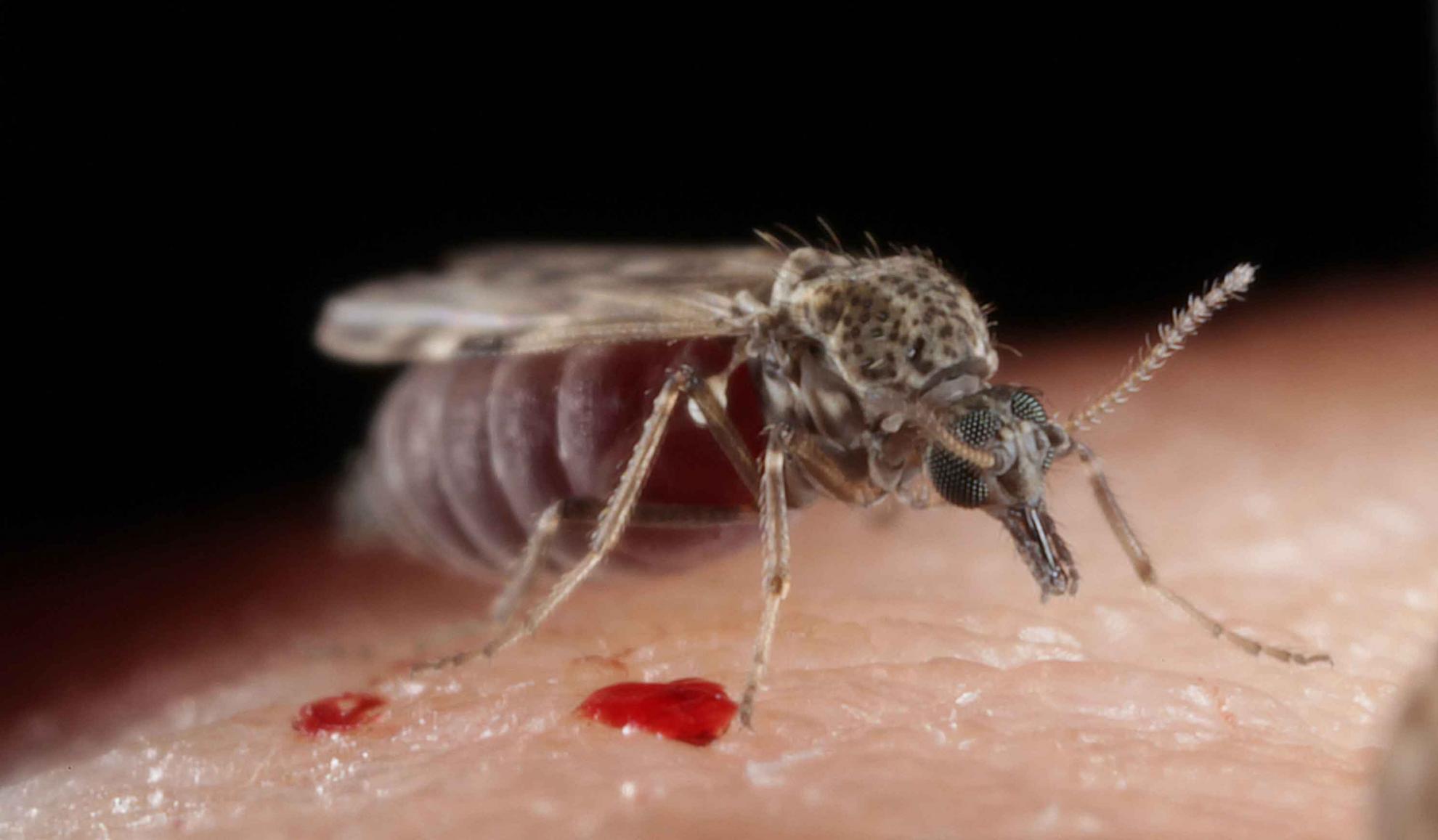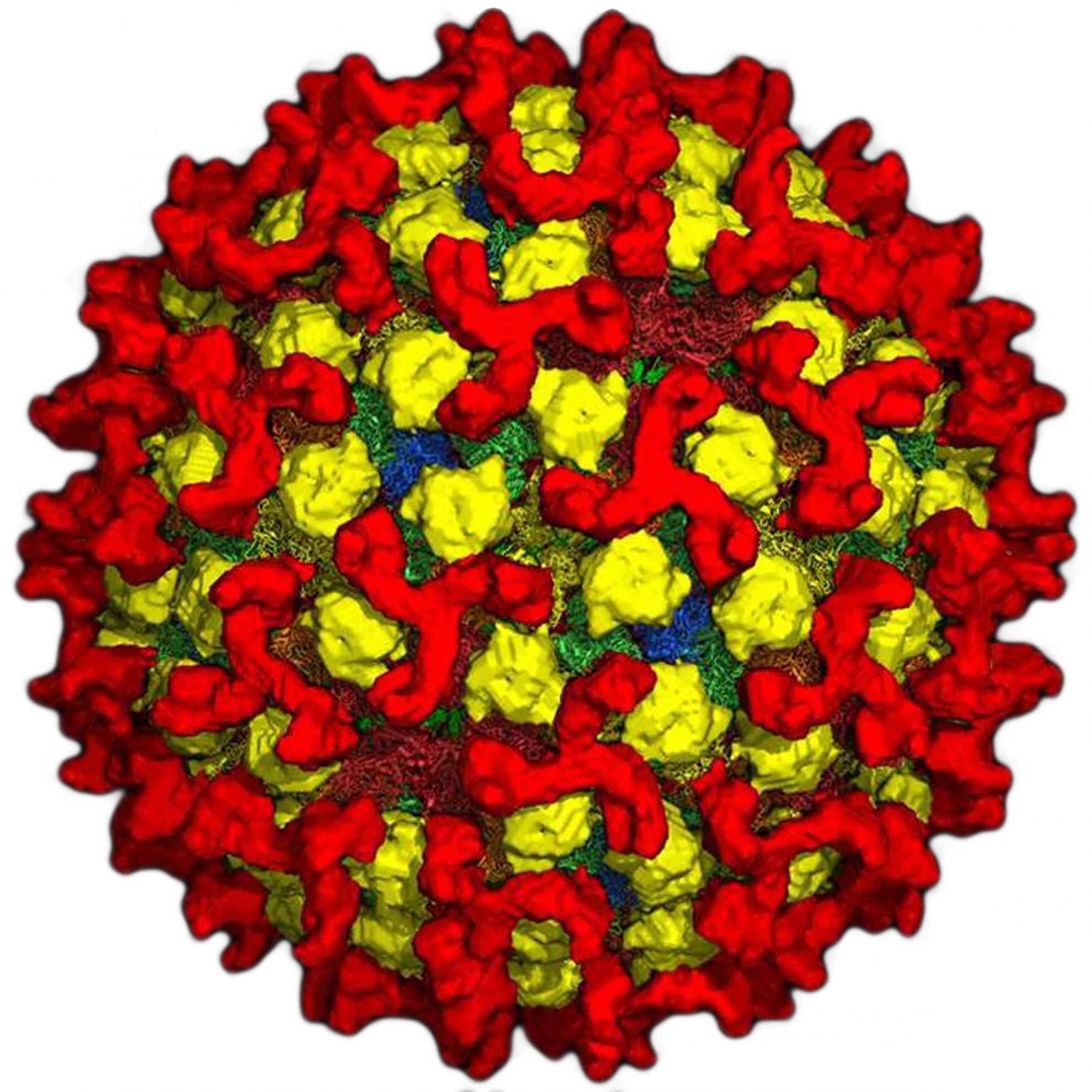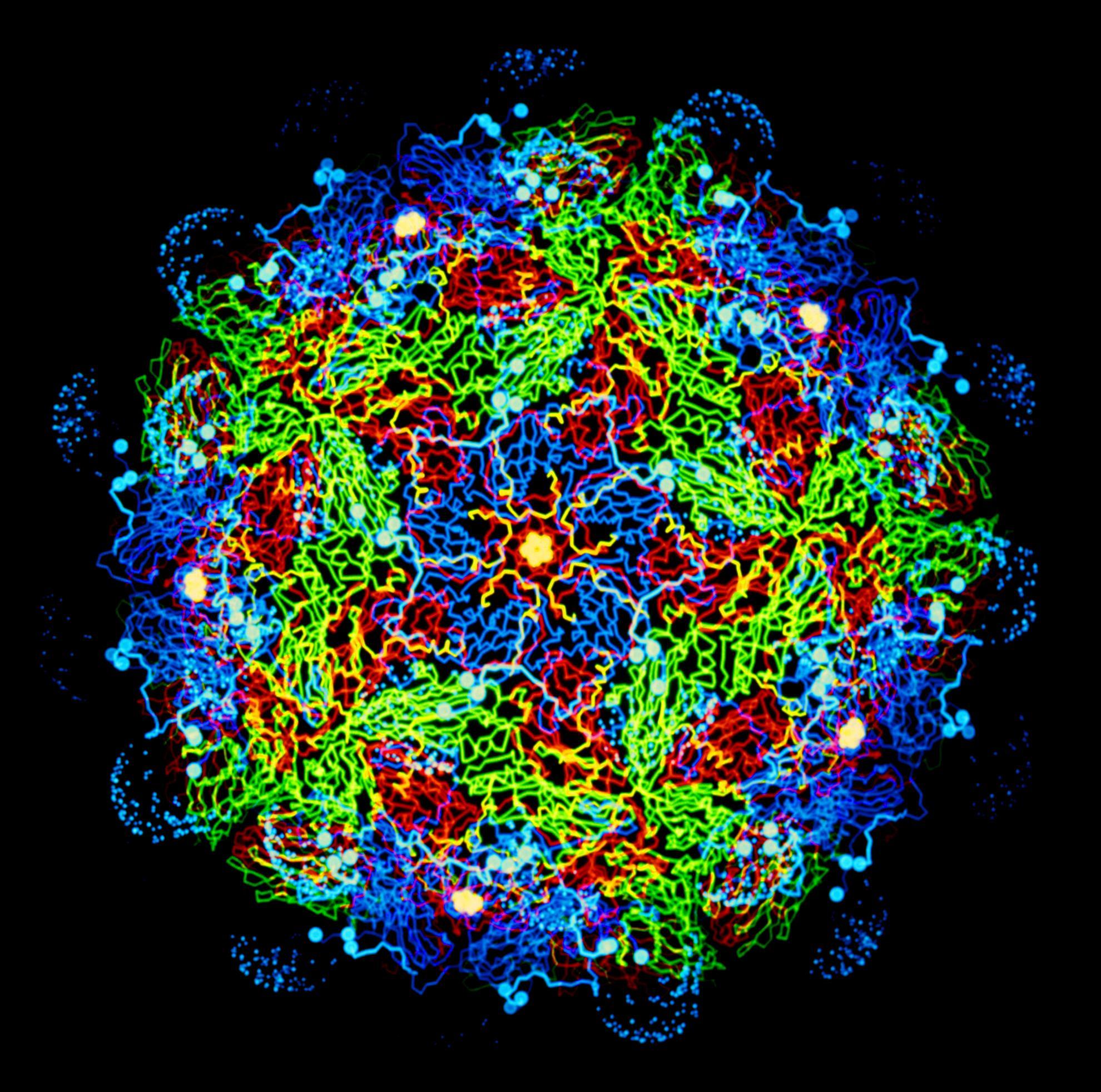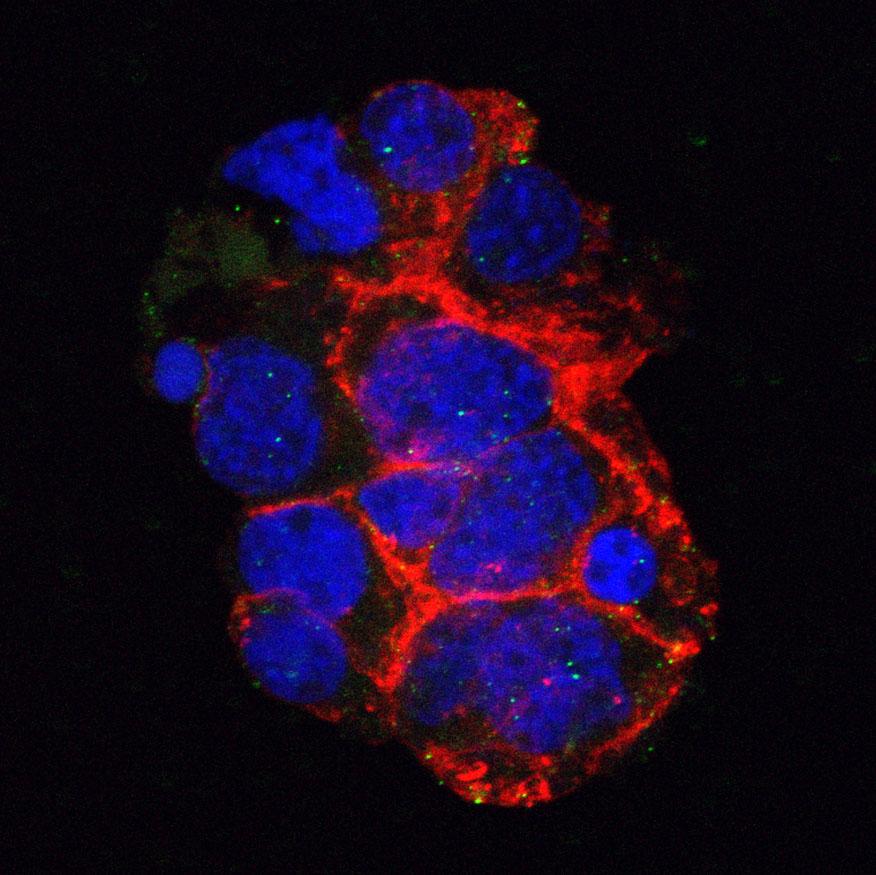The acquisition and retention of lumpy skin disease virus by blood-feeding insects is influenced by the source of virus, the insect body part, and the time since feeding
Lumpy skin disease virus (LSDV) is a poxvirus that causes severe systemic disease in cattle and is spread by mechanical arthropod-borne transmission. This study quantified the acquisition and retention of LSDV by four species of Diptera (Stomoxys calcitrans, Aedes aegypti, Culex quinquefasciatus, and Culicoides nubeculosus) from cutaneous lesions, normal skin, and blood from a clinically affected animal. The acquisition and retention of LSDV by Ae. aegypti from an artificial membrane feeding system was also examined. Mathematical models of the data were generated to identify the parameters which influence insect acquisition and retention of LSDV. For all four insect species, the probability of acquiring LSDV was substantially greater when feeding on a lesion compared with feeding on normal skin or blood from a clinically affected animal. After feeding on a skin lesion LSDV was retained on the proboscis for a similar length of time (around 9 days) for all four species and for a shorter time in the rest of the body, ranging from 2.2 to 6.4 days. Acquisition and retention of LSDV by Ae. aegypti after feeding on an artificial membrane feeding system that contained a high titer of LSDV was comparable to feeding on a skin lesion on a clinically affected animal, supporting the use of this laboratory model as a replacement for some animal studies. This work reveals that the cutaneous lesions of LSD provide the high-titer source required for acquisition of the virus by insects, thereby enabling the mechanical vector-borne transmission. IMPORTANCE Lumpy skin disease virus (LSDV) is a high consequence pathogen of cattle that is rapidly expanding its geographical boundaries into new regions such as Europe and Asia. This expansion is promoted by the mechanical transmission of the virus via hematogenous arthropods. This study quantifies the acquisition and retention of LSDV by four species of blood-feeding insects and reveals that the cutaneous lesions of LSD provide the high titer virus source necessary for virus acquisition by the insects. An artificial membrane feeding system containing a high titer of LSDV was shown to be comparable to a skin lesion on a clinically affected animal when used as a virus source. This promotes the use of these laboratory-based systems as replacements for some animal studies. Overall, this work advances our understanding of the mechanical vector-borne transmission of LSDV and provides evidence to support the design of more effective disease control programmes.



